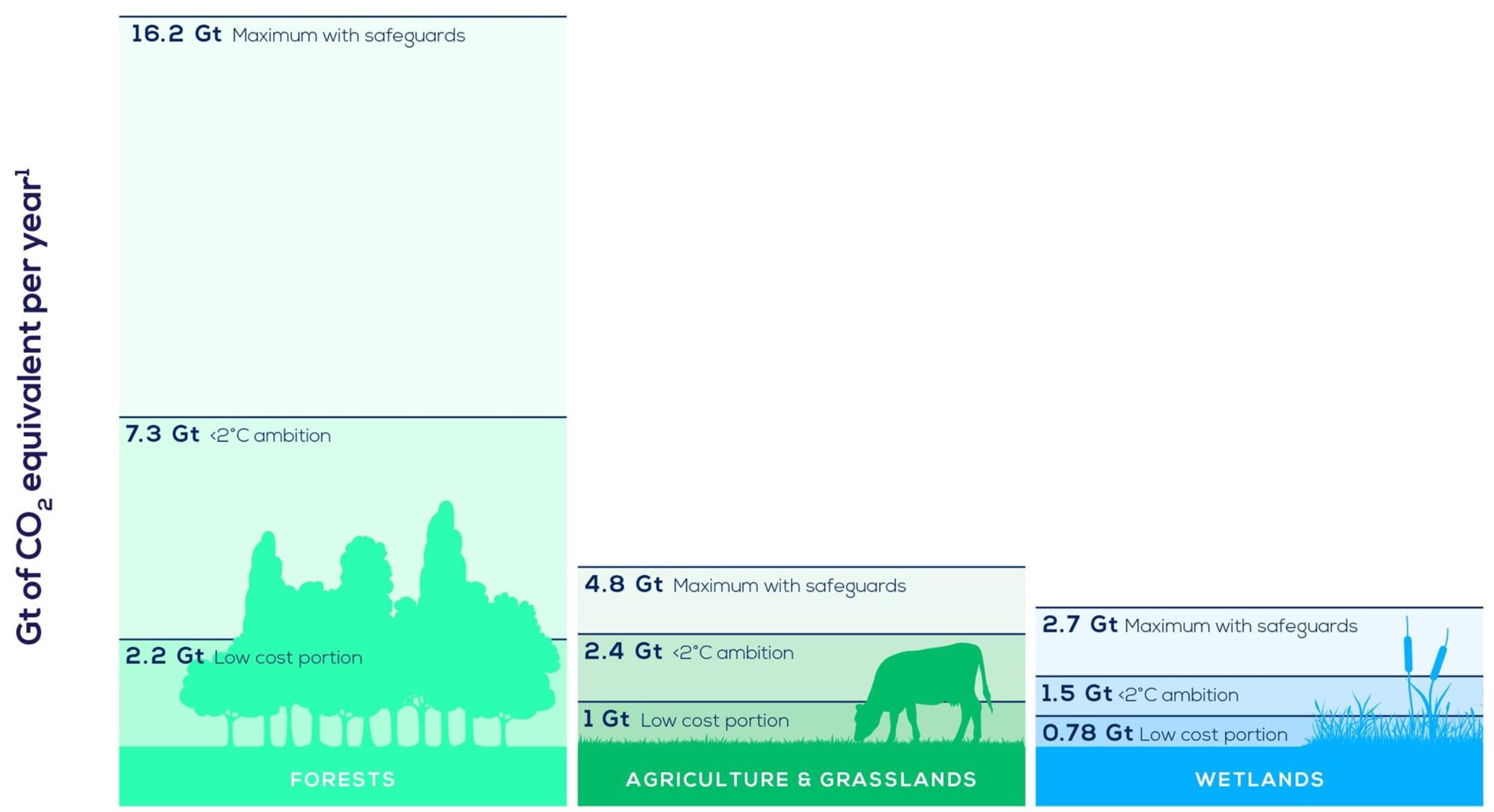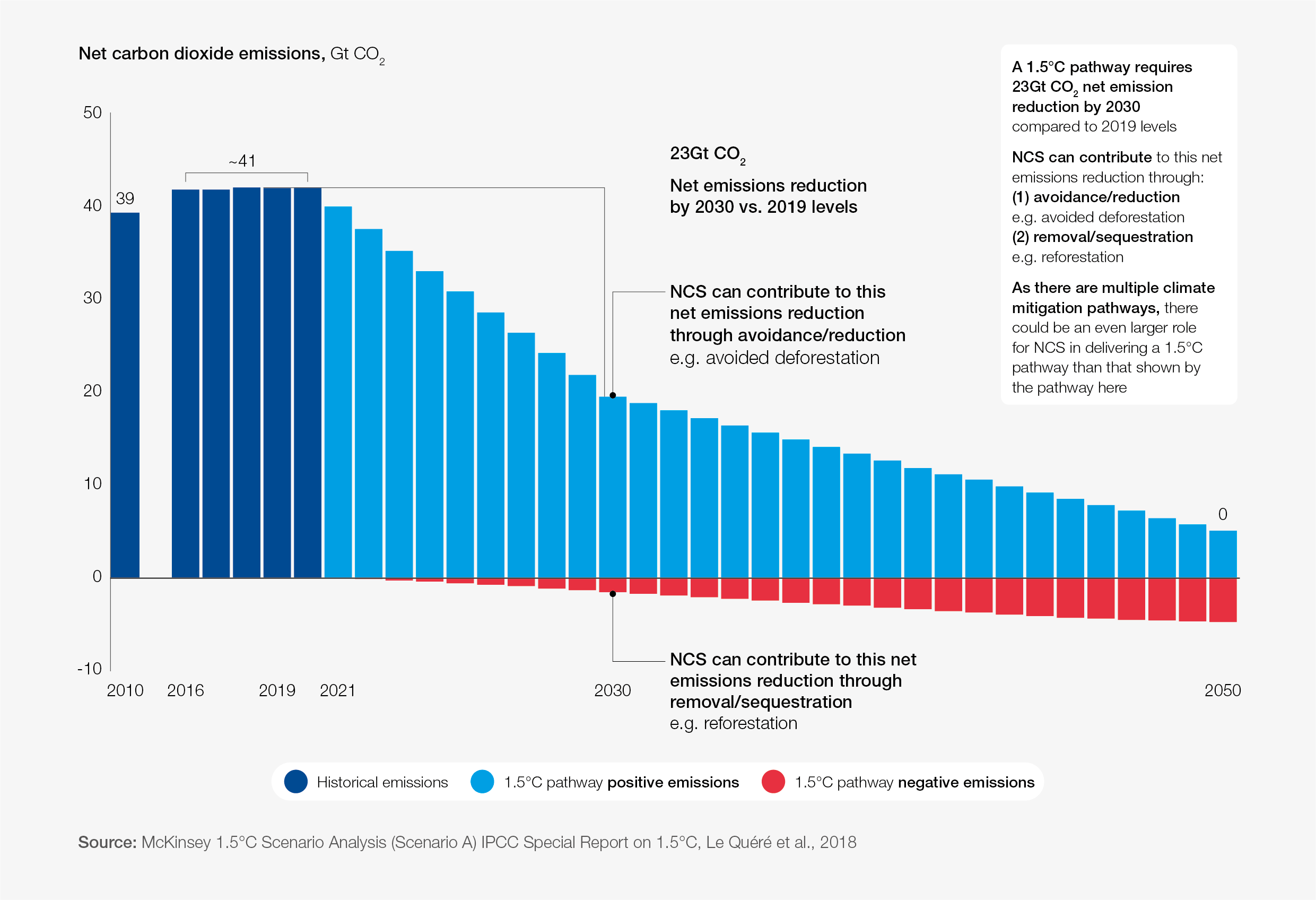How green wins over grey: the case for landscape-led architecture
The Kinder Land Bridge and Cyvia and Melvyn Wolff Prairie in Memorial Park in Houston, an example of landscape-led architecture
Image: Nick Hubbard
Stay up to date:
Climate and Nature
Listen to the article
- The United States Congress is providing $1 billion over five years to “reconnect communities” divided by highways.
- Nature-based solutions are critical to this mission of reconnecting neighbourhoods and even parks bisected by highways.
- These large-scale landscape-led architecture infrastructure projects are complex and require robust public-private collaborations.
With infrastructure on the minds of so many Americans and car-centric planning mistakes of the past being corrected all around the country, pioneering landscape-led architecture projects can show cities across the US how to maximize infrastructure grant money. The recent infrastructure law passed by the US Congress set aside $1 billion to “reconnect communities” divided by highways.
Recent green landscape-led architecture infrastructure projects not only reconnect communities, they can also improve biodiversity, air quality and public health. While tearing down highways or capping them are often cited as optimal solutions, green infrastructure, such as a land bridge, is often far less expensive and disruptive.
In recent years, the profession of landscape architecture has taken a leading role in envisioning projects that unite a range of voices around the creative and innovative reimagining of infrastructure. Klyde Warren Park in Dallas, Texas, for example, caps the Woodall Rogers Freeway to create a 5.2-acre public park. The Tunnel Tops Project at the Presidio in San Francisco, a 14-acre park similarly connects the historic Drill Field to Crissy Field along the shoreline of the Bay. These were envisioned and designed by landscape architects, with support from engineers.
This is an important distinction that results in very different outcomes. Grey infrastructure is typically a large-scale and expensive intervention, such as a highway or sewer system, which is engineered to achieve a singular outcome, in these cases moving cars quickly or removing waste to a treatment plant. Green infrastructure utilises natural resources to achieve multiple ends, such as filtering rainwater, increasing biodiversity, providing shade and creating new public use space, while also addressing the quotidien issue of moving traffic.
What is the World Economic Forum doing on natural climate solutions?
The Kinder Land Bridge: a landscape-led architecture project
The new Kinder Land Bridge and Cyvia and Melvyn Wolff Prairie in Memorial Park, Houston is one of the largest green infrastructure projects in the US (in one of the largest urban parks in the country). It demonstrates that restoration ecology in an urban setting can repair a deep scar, while having a profound impact on the experience of moving through the city by car or on foot.
In 1955, the six-lane Memorial Drive was built; it bisected the 1,466-acre park and made it difficult, if not impossible, for pedestrians to traverse the park from north to south, making the park less ecologically resilient and disrupting physical connectivity for many species.
Today, more than 68 years after the construction of this highway, the Land Bridge and Prairie project, led by my firm, is a correction to this infrastructure error of the past – at a dramatically massive scale. We designed two colossal sets of parallel tunnels – measuring 400 and 560 feet long – which were built over Memorial Drive. Atop the tunnels, earthwork mounds create new connections between both sides of the park, with a planted Coastal Prairie that flows over and around the landform and tunnels to create a seamless connection that heals the decades-old wound in the heart of the park.
Another important key to successfully designing large-scale, nature-based solutions that are trying to achieve multiple ends is close collaboration between public and private sectors. Grey infrastructure is typically a very binary procurement process, governed by straight-forward contracts. Green infrastructure is different. It involves building trust, aligning vision, and bringing multiple stakeholders to the table.
In the case of Memorial Park, in 2011, the City of Houston and Memorial Park Conservancy agreed to collaborate in addressing severe damage to the park caused by decades of drought. This public-private partnership evolved and expanded in 2018 when the Kinder Foundation provided a $70 million catalyst grant that further leveraged funding provided by the city. The resulting tri-party agreement not only secured funding for the Land Bridge and Prairie project, it also enables capital improvements and long-term maintenance (thereby reducing the burden on the City's parks department).
This landscape-led architecture project is not just a physical link; it is a nexus where complex and multifaceted systems – both human and natural - have been holistically conceived as part of a greater vision. It is situated at the physical - and symbolic - heart of this major urban park restoration and creates a new space within this rich cultural and ecological context. Now, from the central vantage point afforded by this new construction 35 feet above the park, visitors can take in the vast sweep of the nearly 1,500 acres and pick out the new destinations envisioned for the park, some constructed and others to come.
Finally, bringing the Land Bridge and Prairie into reality required robust coordination across disciplines: landscape architects, civil engineers, structural engineers, scientists, fluvial geomorphologists, prairie experts and urban biologists. It is the largest land bridge in Texas and, unlike any other example in the US, the project includes an important hydrological component that integrates stormwater management and water quality treatment, as well as functioning as a “habitat” bridge that connects both flora and fauna up and over six lanes of Memorial Drive.
Since 2013, when we were retained to create the Memorial Park Master Plan, we have continued to work alongside Houston Parks and Recreation Department, Memorial Park Conservancy, Kinder Foundation, and the Uptown Development Authority to transform Memorial Park into a more resilient, accessible and equitable destination for all Houstonians.
This is the kind of robust collaboration it takes to create transformative nature-based solutions. Landscape-led architecture projects take time and resources, vision and commitment. With additional infrastructure money in the pipeline, a lot more is possible.
Accept our marketing cookies to access this content.
These cookies are currently disabled in your browser.
Don't miss any update on this topic
Create a free account and access your personalized content collection with our latest publications and analyses.
License and Republishing
World Economic Forum articles may be republished in accordance with the Creative Commons Attribution-NonCommercial-NoDerivatives 4.0 International Public License, and in accordance with our Terms of Use.
The views expressed in this article are those of the author alone and not the World Economic Forum.
Related topics:
Forum Stories newsletter
Bringing you weekly curated insights and analysis on the global issues that matter.
More on Urban TransformationSee all
Stanislas Hillen
June 12, 2025
Maria Camila Uribe and Fernanda Balbino
June 2, 2025
Jeff Merritt and Vivian Brady-Phillips
May 28, 2025
Ryan McClanaghan and Lisa Chamberlain
May 23, 2025





